Movement is an essential part of daily life, but sometimes we experience discomfort or pain that can limit our mobility. Two critical areas of the body for movement are the piriformis muscle and the sacroiliac (SI) joint. In this article, we will explore piriformis and SI joint release techniques, which can help alleviate pain and improve range of motion.
At the end of the article a stretching-manual.pdf can be downloaded.
What is Piriformis Syndrome?
Piriformis syndrome is a type of pain that occurs when the piriformis muscle in the buttocks compresses or irritates the sciatic nerve. This can cause discomfort in the buttocks, lower back, and down the legs. The causes of Piriformis Syndrome can include overuse of the muscle, sitting for long periods, or previous injuries. Symptoms of Piriformis Syndrome may include pain, numbness, or tingling in the affected area.
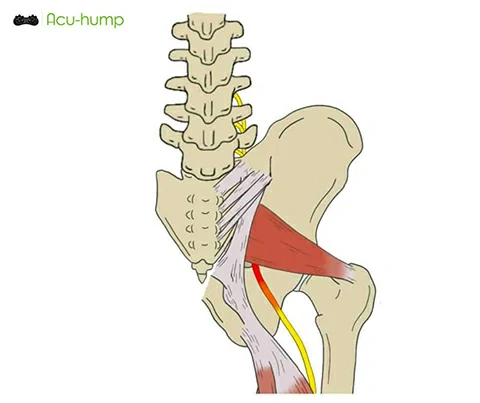
What are SI Joints?
The sacroiliac (SI) joints are located between the sacrum and ilium bones in the pelvis. They play a vital role in transmitting forces between the upper body and legs, and allow for movement in the lower back and hips.
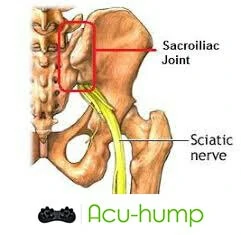
Piriformis and SI Joint Release Techniques
There are several techniques to release tension in the piriformis and SI joints. Self-release techniques for the piriformis include foam rolling, lacrosse ball massage, and stretching. Therapist-assisted techniques can include trigger point release and myofascial release. Self-release techniques for the SI joint can include gentle stretches and pelvic tilts, while therapist-assisted techniques may involve joint mobilization or manipulation.
Acu-hump Release Routine
For those looking to further enhance their piriformis and SI joint release techniques, using a device such as the Acu-hump can be beneficial. The Acu-hump is a massage stretcher that allows for deep pressure to be applied to muscles and joints during stretching exercises to release tension and increase effectiveness.
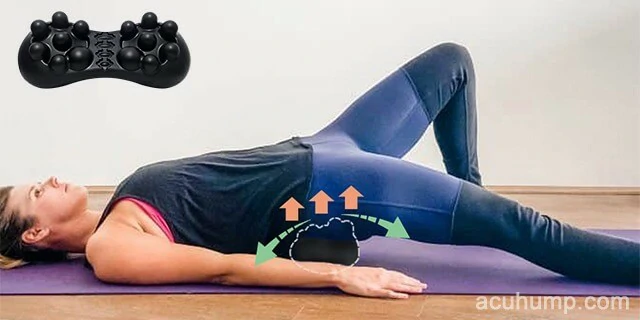
Acu-hump® Relieve SI Joint and Piriformis
- SI Joint
One technique that can benefit from incorporating the Acu-hump is the SI Joint stretch. By following the steps and using the Acu-hump in proper alignment with the affected area, you can effectively alleviate pain associated with Sacroiliac Joint Dysfunction and Pubic Symphysis issues.
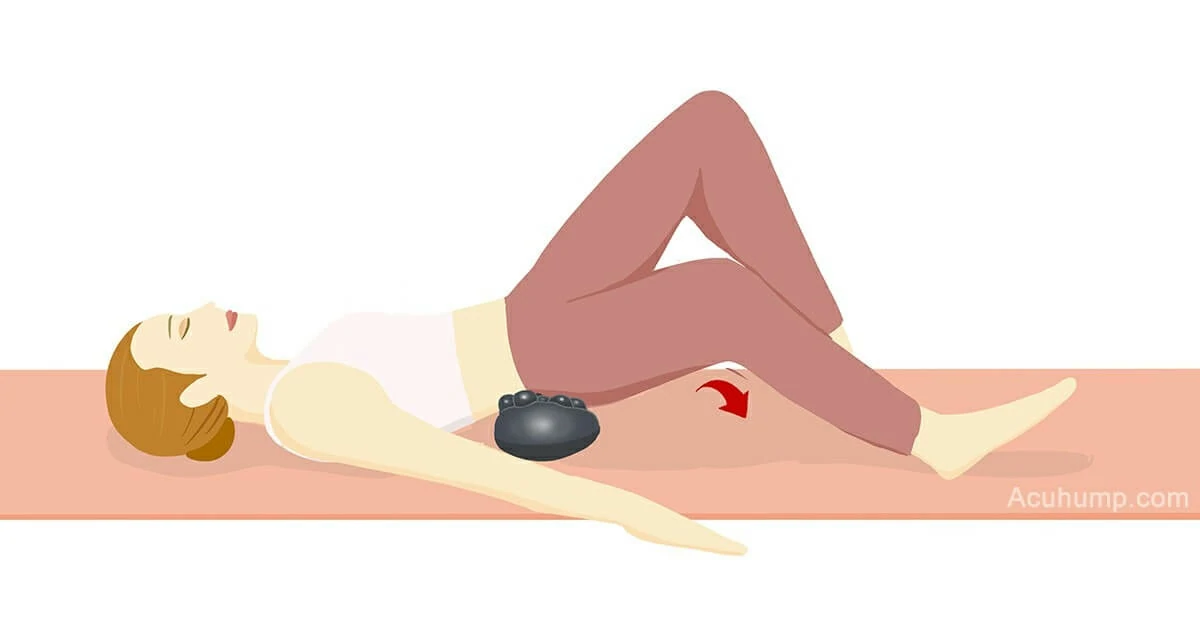
Find a comfortable position: Start by finding a firm surface to lie on, such as the floor. You may want to lay on a yoga mat or soft blanket for extra comfort.
Position the Acu-hump: Position the Acu-hump massage stretcher under your Sacroiliac (SI) joints, ensuring that the higher side is near your head and aligned with the affected area. This position specifically targets the area causing pain or discomfort.
Bend your legs: Bend your legs and maintain a slightly wider-than-shoulder-width distance between your knees for the SI Joint stretch.
Target the affected area: For the SI Joint stretch, keep your left leg steady and slowly swing your right leg towards the ground. Hold this position for approximately 15 seconds before retracting your right leg. Repeat this step with your left leg.
Acu-hump: 30-day return policy. No risk for you.
- Piriformis muscle
Additionally, the Acu-hump can also be used to enhance the figure 4 stretch, which specifically targets the piriformis muscles. Using the Acu-hump in proper alignment with the sacrum can provide a deeper and more effective stretch, promoting better alignment and decreasing the risk of injury in the hip and lower back regions.
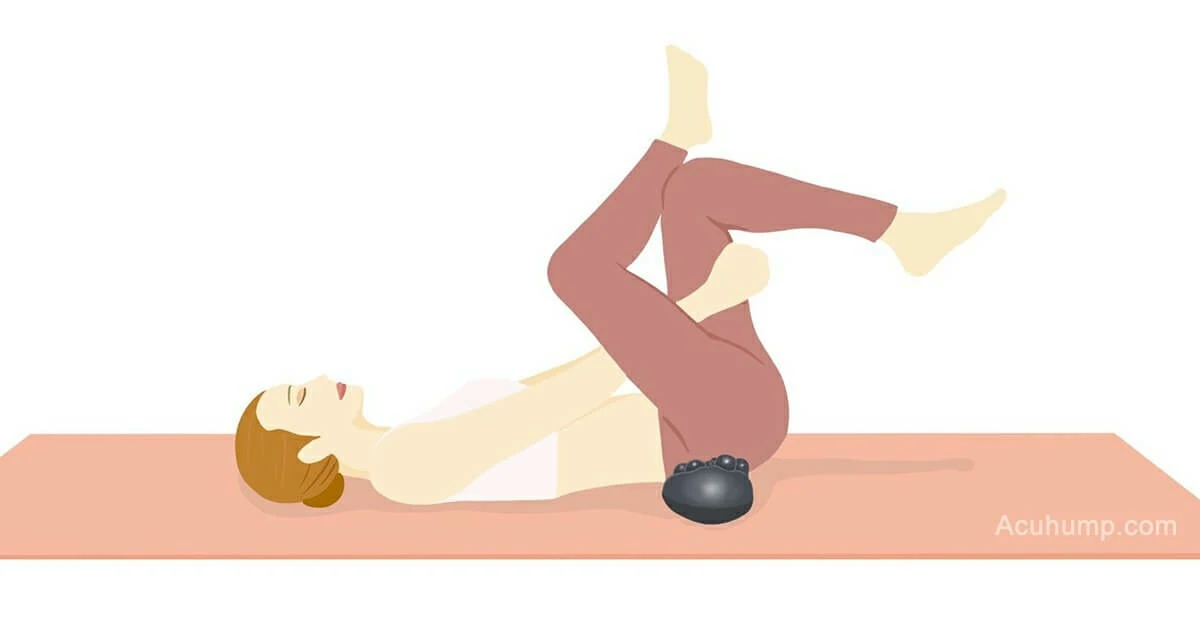
For the figure 4 stretch, begin by lying on your back with your knees bent and both feet on the ground. Place the Acu-hump under your sacrum, ensuring that the high side of the massage stretcher is facing your head.
Cross your legs: Cross your right ankle over your left knee, forming a figure 4 shape. This position allows for a deeper stretch and helps alleviate pain and tightness in the hips.
Gently pull your thigh: Using your hands, gently pull your left thigh towards your chest while maintaining a bent right knee. This action further stretches the muscles in your hip and lower back, providing relief and improving flexibility. Hold this position for approximately 30 seconds, allowing the muscles to lengthen and relax. Breathe deeply and focus on releasing any tension you may be holding.

Acu-hump® Relieve SI Joint and Piriformis
Using the Acu-hump correctly encourages deeper muscle stretching and can aid in the release of muscle tension and pain in the hips and lower back. By using the Acu-hump regularly, one can start to experience enhanced flexibility and mobility in the targeted areas. Whether you choose to incorporate the Acu-hump into your self-release techniques or seek assistance from a therapist, this device can be a valuable tool in promoting optimal musculoskeletal health.
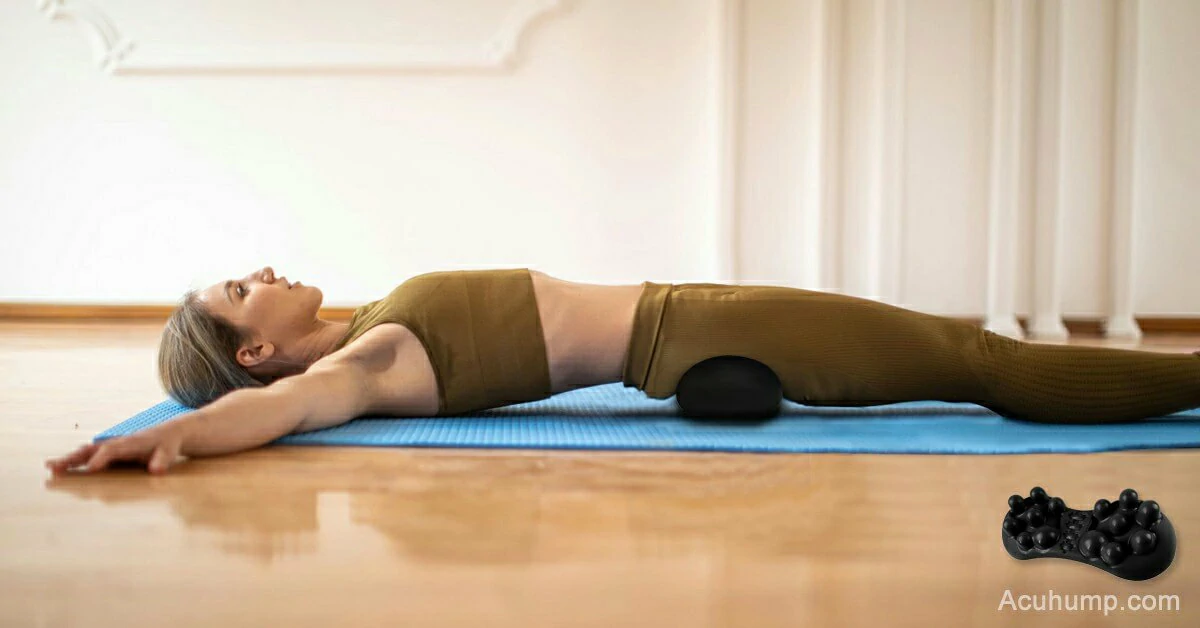
Acu-hump®
Release Butt & Lower Back
Click to download:

